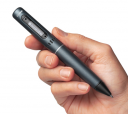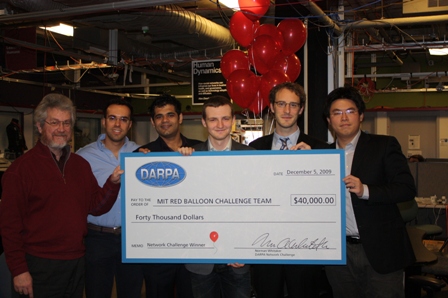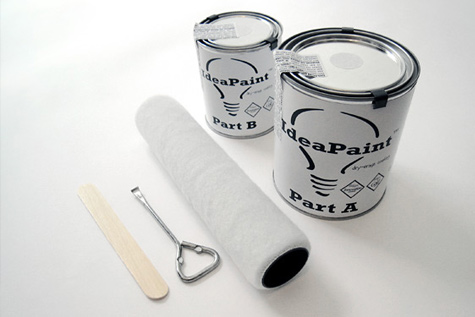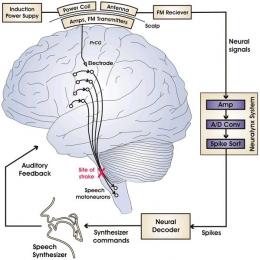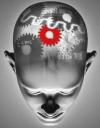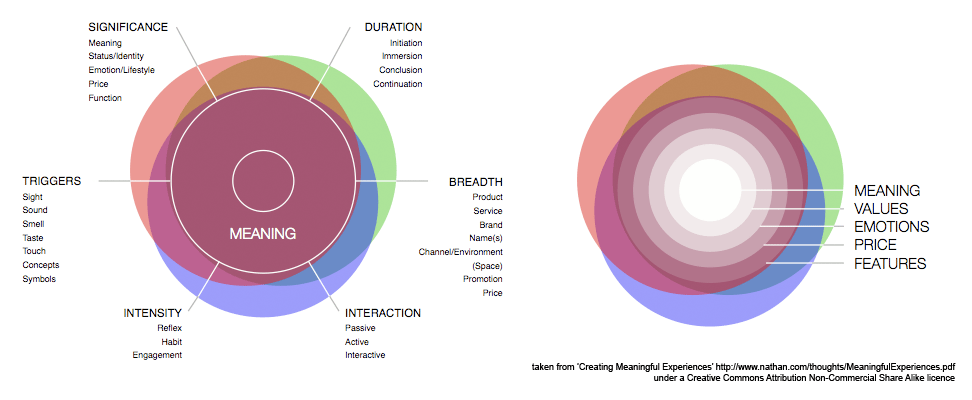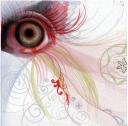
Patterns play an important role in how minds work at many levels. For example, our ability to recognize patterns is key in perception, thinking and creativity. So it is no great leap to claim that designing for cognition requires an understanding of the patterns that turn our mental wheels.
But what is a pattern, where do we find them, and which types have the most cognitive impact and why? One answer I give in my cognitive design class is to look to nature – body curves, the golden ratio and crystalline structures invoke powerful cognitive effects. But why is that?

An intriguing explanation, at least for the golden ratio, has just been proposed. The golden ratio or divine proportion (because it appears everywhere) is a geometric relationship that invokes aesthetic pleasure and even awe. It shows up in nature (seashell spirals), art (Mona Lisa) and architecture (pyramids). According to Adrian Bejan, a professor at Duke and father of constructal theory, we can most easily scan objects shaped after a golden ratio rectangle. Those patterns are optimized for perception. Furthermore, the golden ratio is inherent in a deeper pattern in nature that unifies perception, cognition and locomotion so that it becomes more effective over time.
“It is the oneness of vision, cognition and locomotion as the design of the movement of all animals on earth,” he said. “The phenomenon of the golden ratio contributes to this understanding the idea that pattern and diversity coexist as integral and necessary features of the evolutionary design of nature.”
You can find his paper here. The bottom line for cognitive designers is creating artifacts that are optimized for how the minds work will in some cases turn on the golden ratio.

